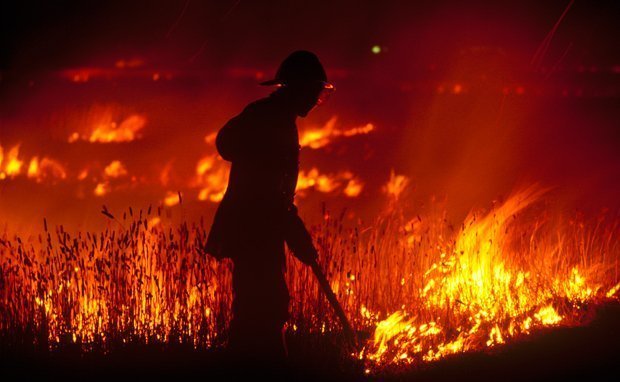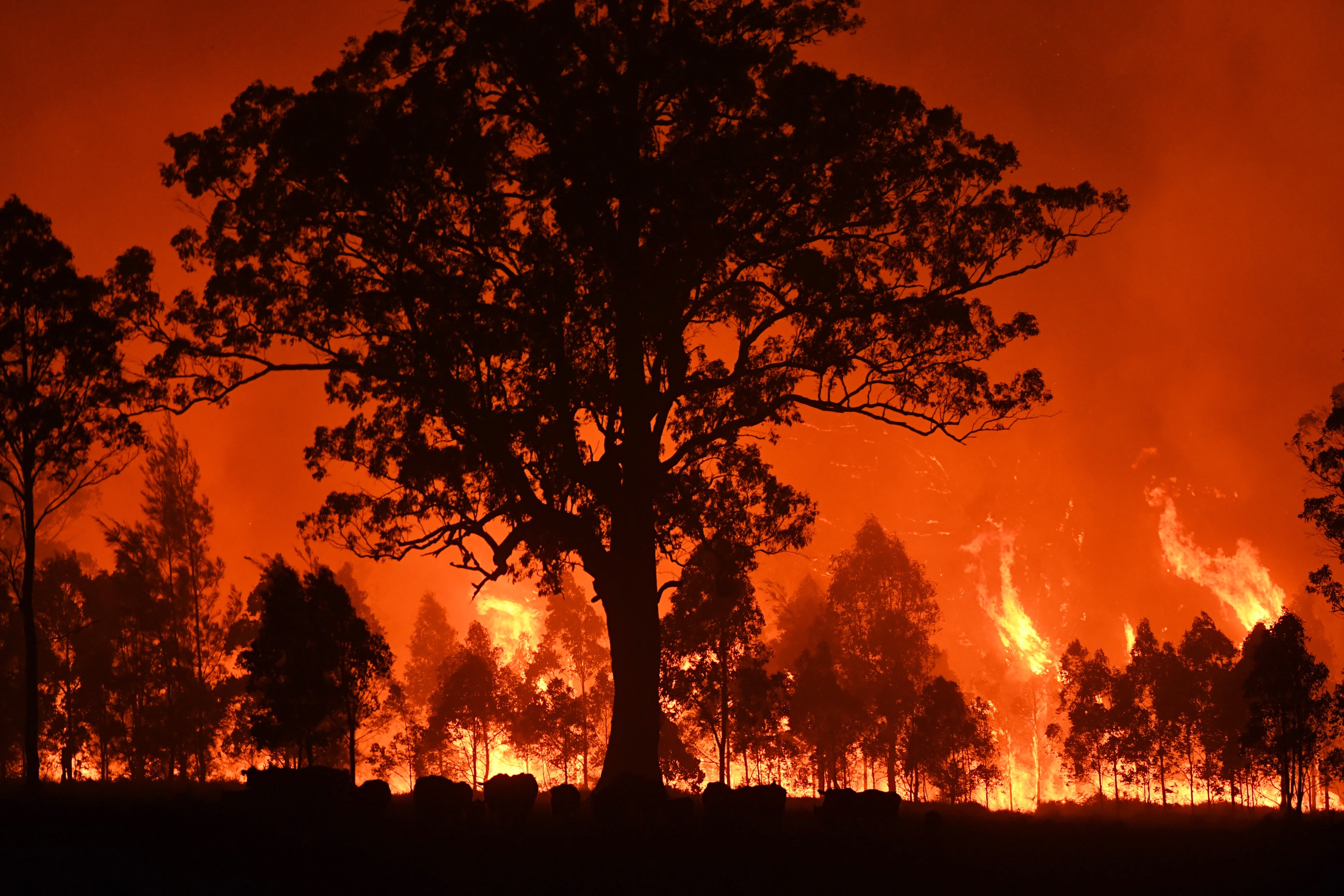Just How BAL Record Impacts Bush Fire Protection Actions
In the realm of bush fire security, the Structure Attack Level (BAL) record stands as a crucial device that dramatically influences the safety and durability of residential or commercial properties in fire-prone areas - BAL Report. The influence of a BAL evaluation prolongs much beyond plain paperwork; it acts as the keystone for figuring out the appropriate building criteria and fire protection actions needed to reduce the risks postured by bushfires. As areas grapple with progressively serious fire periods, recognizing just how the BAL record shapes these protective procedures comes to be critical for home builders, policymakers, and home owners alike
Understanding the Bushfire Strike Level

Significance of BAL Report Evaluation

Furthermore, the BAL report assessment works as a fundamental step in following legal responsibilities and requirements associated with bushfire security. Regional councils and authorities commonly mandate the entry of a BAL report as component of the planning and building approval process to guarantee that residential or commercial properties are appropriately safeguarded versus bushfire threats. Failing to carry out a thorough BAL record assessment can result in poor defense measures, leaving buildings vulnerable to devastating bushfire incidents.
Construction Specifications Based on BAL
A thorough understanding of the Bushfire Strike Degree (BAL) makes it possible for residential or commercial property owners to implement construction requirements customized to their certain threat profile. Building criteria based on BAL are vital in mitigating the influence of bushfires on buildings. The BAL rating classifies the potential danger a home faces during a bushfire on a scale from BAL-Low to BAL-FZ (Fire Zone)
Applying Fire Defense Procedures
With the structure of construction standards based on Bushfire Attack Degree (BAL) in place, the emphasis currently changes in the direction of the practical application of fire security procedures to fortify buildings versus bushfire threats. Passive YOURURL.com measures consist of making use of fireproof structure products, setting up cinder guards on vents, sealing spaces in walls and roofing systems, and maintaining a clear space around the property complimentary from combustible greenery. By integrating both passive and energetic techniques, homes can significantly minimize their vulnerability to bushfire cases and boost the safety of residents.
Safeguarding Residences Against Bushfires
Properly securing homes versus the damaging effects of bushfires needs a thorough and positive method to fire protection measures. In addition, securing vents and gaps to prevent ash intrusion, as well as incorporating fire-resistant doors and home windows, can assist fortify the the original source home's defense versus bushfires. By embracing a proactive position and integrating these safety actions, homeowners can dramatically raise their possibilities of securing their homes against bushfires.
Conclusion
In final thought, the Bushfire Assault Degree (BAL) report plays an essential duty in determining the necessary defense steps versus bushfires. By evaluating the BAL, construction standards can be customized to reduce the risks and ensure the security of homes in fire-prone areas. Applying fire security measures based upon the BAL report is essential in safeguarding properties from prospective bushfire hazards. It is necessary for property owners to prioritize BAL analyses and stick to suggested construction standards to enhance bushfire strength.
In examining bushfire danger to buildings, understanding the Bushfire Attack Level (BAL) is an important part for executing efficient defense measures. Generally, a clear understanding of the Bushfire Attack Degree is necessary for applying adequate protection steps and minimizing the impact of bushfires on residential properties.

Comments on “Proactive Residential Property Defense: Leveraging the Insights of a BAL Report”